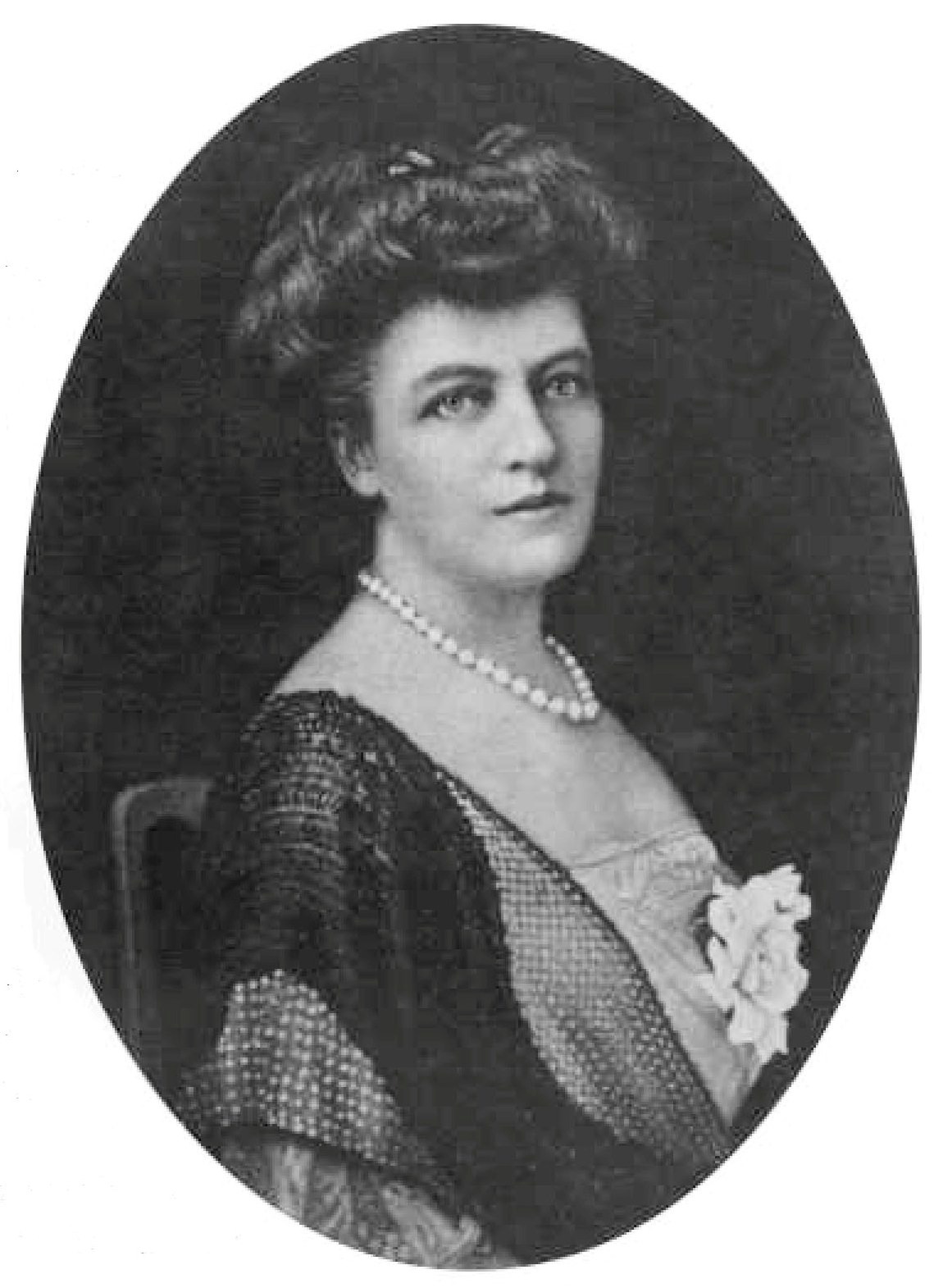By Brendan Erickson
“There’s one second left on the clock, I don’t think they’re going to play that one second.” Harold Katz celebrated in his suite. “Champions of the NBA; 1982, 83.” Katz had bought the team the previous year, inheriting the talent built by the previous owner. Fitz Eugene Dixon Jr. is the man of interest; not just for the construction of the team, but for his story. Fitz bought the 76ers in 1976; his first move was to acquire Julius Erving, who stayed with the team for eleven years and averaged 19 points, 8 rebounds, and 5 assists during the ’83 finals. The Sixers beat the Lakers in Los Angeles for the championship; they asked Julius Erving “Would you rather win it at home?” He said no, “that would mean 72 hours more of wondering; and I’ve wondered long enough.”


Fitz, in the Widener tree, was the son of the daughter of the wife of the son of Peter Arroll Brown Widener. Looking at portraits of Peter you would see a bald man, overweight, with a bushy mustache that seemed to take the place of both his lips. He was, during his lifetime, one of the richest men in the United States. A railroad tycoon, a streetcar magnate, a steel and tobacco manufacturer. His companies, holdings, liquid assets, estates, and art collections were valued at twenty-five billion dollars at the time of his death in 1915. One man, twenty-five billion dollars. The average salary in the US at that time was $687 per year.

The patriarch of the Widener family, Peter had successfully electrified the streetcars in all of Philadelphia in the 1880s and was reaping the rewards. With Peter’s help, the people of Philadelphia could move through the city faster than they ever had before. The money really started flowing when he used his streetcar profits to help found the US Steel Corporation and the American Tobacco Company. The latter mostly hired child laborers to produce their deadly cigarettes.
Peter Widener and his family are often remembered as great philanthropists and stewards of Philadelphia; this is not true. Yes, there was cooperation between the Wideners and Philadelphia, but Peter Widener was focused more on milking the city and the people of their money, putting the city’s kids to work, and selling cancerous cigarettes to its adults. Peter Widener had two sons, Joseph and George. George Widener eventually overtook his father’s streetcar business. His life was cut short in 1912.

In the middle of the North Atlantic, moving through the sea by the seventy-six-ton propellors, turned by the turbines powered by the steam from the coal shoveled by the sweaty men in the engine room, the Titanic was the largest moving man-made object ever constructed. They never said the Titanic was “unsinkable,” they said it was “designed to be unsinkable.” It sank. Aboard were aristocrats, businessmen, politicians, academics, tourists, immigrants, and Peter Widener’s dearest son, George. Fresh off an extravagant vacation throughout Europe with his wife and son, the family was returning home.
Aboard the Titanic , George wasn’t thinking of the sweaty men in the engine room powering the turbines that spun the seventy-six-ton propellors; he was having dinner with the captain tonight. During dinner, George talked with the captain about what he’d do when he returned to Philadelphia; there was no indication that this would be the two men’s last night living. Eleanor was a survivor; George, his son, and the captain contributed to the 1,500 dead.
Eleanor returned to Philadelphia a widow, with one less child, and millions in the bank. She returned to Philadelphia a new woman, changed by the horrific events at sea. She had decided from this moment to use her immense wealth differently. Why hold on to pieces of paper when the only thing she cared about was taken from her?

Eleanor’s philanthropist behavior was short-lived and replaced by extravagant vacations to Paris, New Zealand, and the Amazon Rainforest with her new husband. Eleanor was not enthused with the changes that Philadelphia was going through; the changing city was not home to her anymore. She left Philadelphia after her second marriage and never lived there again.

While many distant descendants of Peter Widener remain living today, the last true leaf on the Widener family tree fell in 2005. James Widener Ray was a disappointment to his family. Despite his wealth, he lived in halfway homes for many years of his life; mentally unwell and addicted to drugs. He was an artist at heart, and his homosexuality was an unwanted burden on his militaristic father. James Widener Ray died childless in 2005.
The Widener fortune had been “whittled” down to $80 million, twenty-two times the total wealth of the bottom 50% of the world.
A symbiotic relationship existed between the Widener Family and Philadelphia, a give and a take, although much more take than give. Peter Widener built the public transport that carried the citizens of Philadelphia, in exchange the city made him rich beyond responsibility. That wealth, throughout time, slowly seeped back into the city; a building here, housing there, and a championship in ’83. James Widener Ray died childless with $80 million in the bank. He changed his will seven years before his death, medical witnesses signed the document saying he was of sound mind. The will was contested for years in court by his family. They felt entitled to the irresponsibility of his wealth.
He donated it all to charity.
Citations:
Encyclopedia Titanica. (2016). Eleanor Widener. https://www.encyclopedia-titanica.org/titanic-survivor/eleanor-widener.html?expand_article=1
Wolfman-Arent, A. (2023, May 1). The most famous Philadelphians lost on the Titanic. Billy Penn at WHYY. https://billypenn.com/2023/05/01/famous-philadelphians-titanic-widener-sixers/
Lord, C. (2013, September 5). The infamous captain Edward Smith. Celtic Clothing Company. https://celticclothing.com/the-infamous-captain-edward-smith/
Lynnewood Hall Preservations Foundation. (n.d.). History of Lynnewood Hall. https://lynnewoodhallpreservation.org/history/
Lin, J. (2011, December 25). Widener heir’s legacy: A home for the homeless. The Philadelphia Inquirer. https://www.inquirer.com/philly/news/homepage/20111225_Widener_heir_s_legacy__A_home_for_the_homeless.html